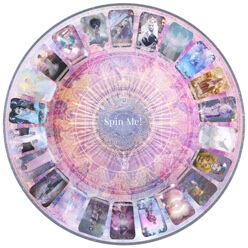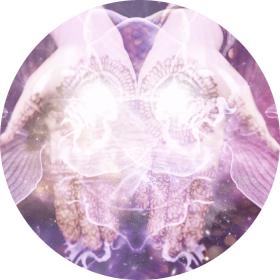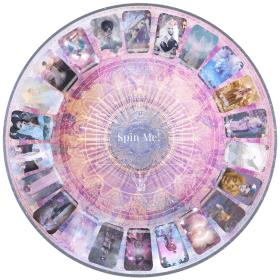Making Candles

Uncover hidden spiritual meanings
The practice of making candles from scratch can be both creative and you can make a candle to help you in life, by selecting the correct oils.
Candle making has been often connected to an enjoyable pastime. It is no different from cooking a wonderful meal.
There are a number of things that you need and you can be inventive, creative and use your hidden talents to create something that makes your house smell wonderful. To make your own candles means that you will have achieved something, which in itself is great. The beautiful sent that fills your home is just wonderful and makes it feel cosy.
When making candles people will smell then of course want a candle themselves. So this guide, is to create the very best candle that you can. This will allow you to understand the best way to create candles, from simple, easy to make to full candle making for advance, professional users. In order for you to fully understand the candle making process it is important to understand some basic terms that will be mentioned in this guide.
The flash point is a temperature point, it is important that the wax does not reach this temperature, as it may result in spoiling the wax, or worse it will catch fire. The repour means the point at which the candle actually cools. A demoed means the point at which the candle needs to be removed from a mold (if a mold is being used) one may prefer a glass jar. The melt point is self explanatory - the point when the wax melts.
The release agent is used within molds to remove the candle, without spraying on this agent the candle may get stuck. Finally a parting line is normally found on the surface of the candle, this is where two molds come together to make one candle.
What is the difference in using Paraffin Wax and Soya Wax - which is best?
Let’s for now look at the two types of wax. Firstly, Paraffin waxes are natural. They are normally used by the beginner candle maker. Being non-toxic they are generally a great wax to begin with, Soy is better but more complex to use. The point at which Paraffin wax melts can be between 115 to 165 degrees. The actual point will be written on the packaging. One can buy colour dye for this candle or even buy the paraffin wax already dyed the correct colour. Here is a list of types of Paraffin wax, which uses Petroleum as it’s main ingredient.
So what do you have to look out for when buying a wax? There are two types of paraffin wax, firstly, Pre blend wax (Votive) and secondly Pillar wax (pre blended) IGI1274
Votive was normally has a melt point of 128 degrees and the flash point will be 400 degrees. Thus, it is important to get a temperature gague. We will run through equipment a bit later on. The Pillar pre-blend candle normally has a melt point of around 142 degrees, again the flash point is 400 degrees. Here are some other types of Paraffin that may be more suited to your candle making endeavours.
IGI-1260 - This type of wax is great for making hurricane candles. It does take quite a bit of time to get this to melt and if one is scenting then adding some vybar or steric is essential. It normally comes in white. This has a high melt point of 163 degrees. Again, flash point is 400 degrees. The next type is IGI1274, this is great for pillar candles. It comes quite flaky in appearance. The working temperature should be about 140 degrees, but this depends on the actual brand of wax one would buy. Finally, we have Astor-Lite J50 which is what is known as pour once was, this is easy to work with. These three are the most common paraffin wax.
Let’s for now move onto Soy wax. This is a natural created wax from soybeans. Yankee candle for example, does not contain Soy, or Paraffin wax, they are made from vegetable based wax. Let’s look at some more famous candle brands and what they use.
By Florance Saul
Feb 4, 2017







